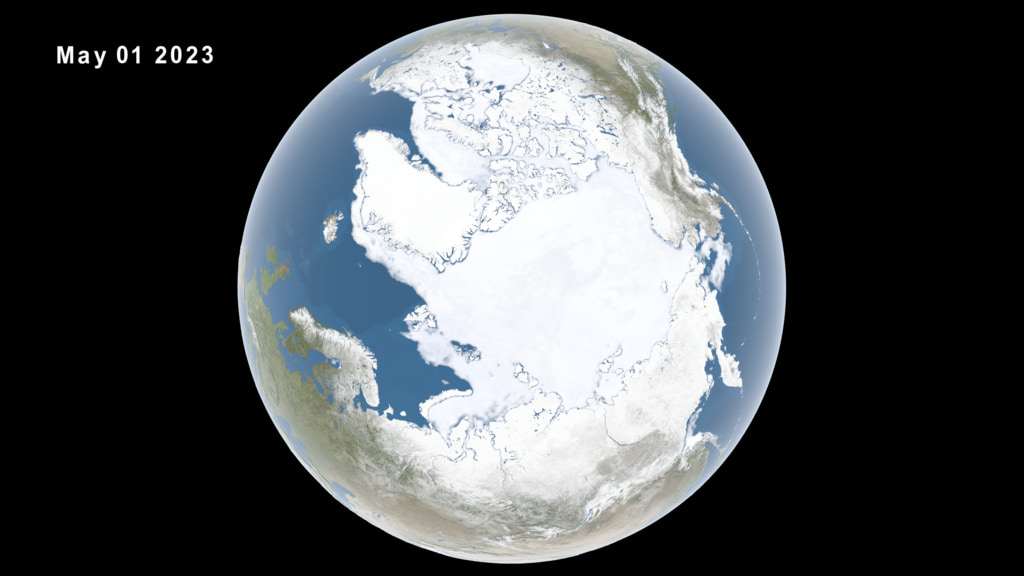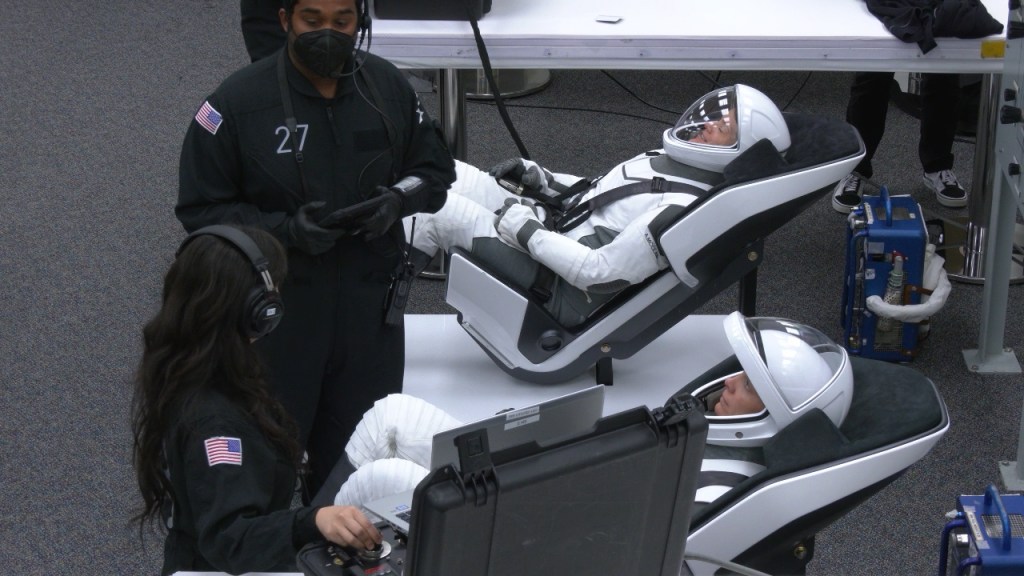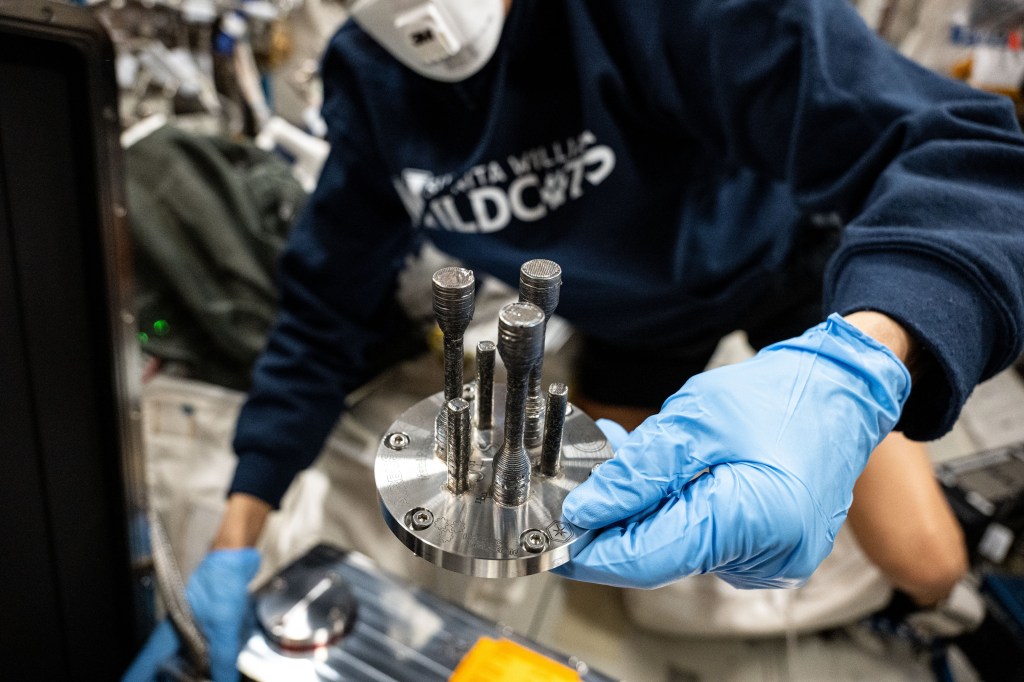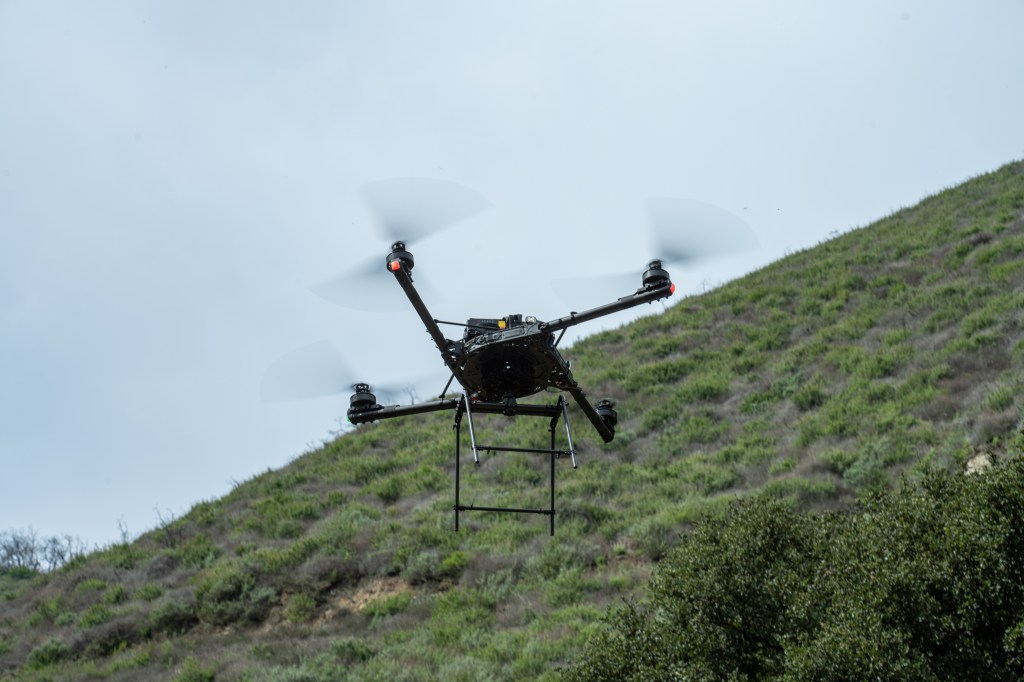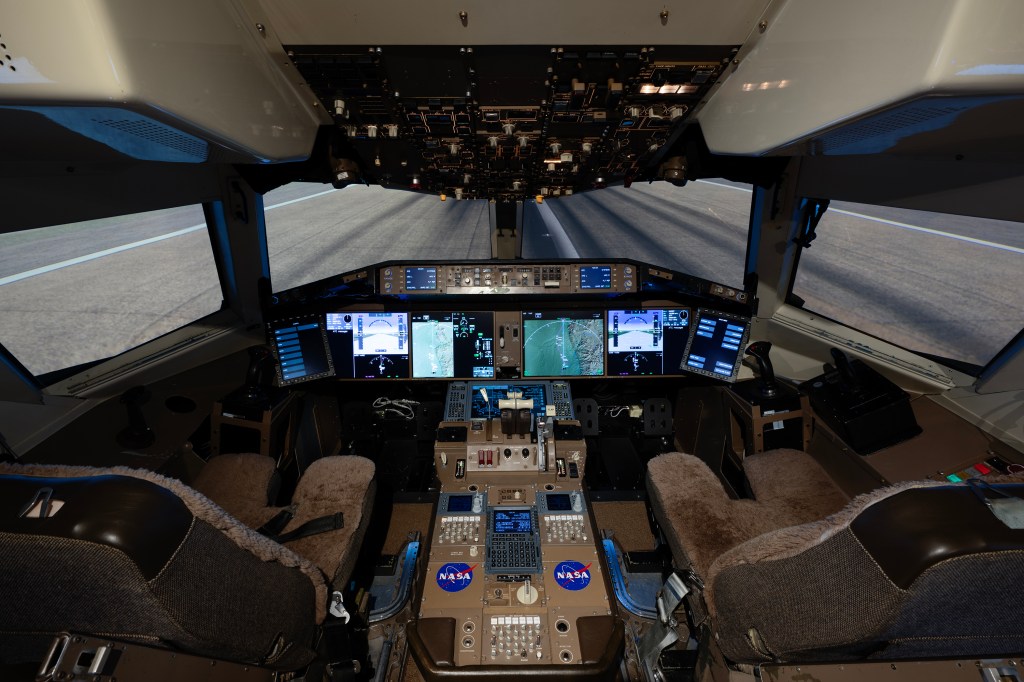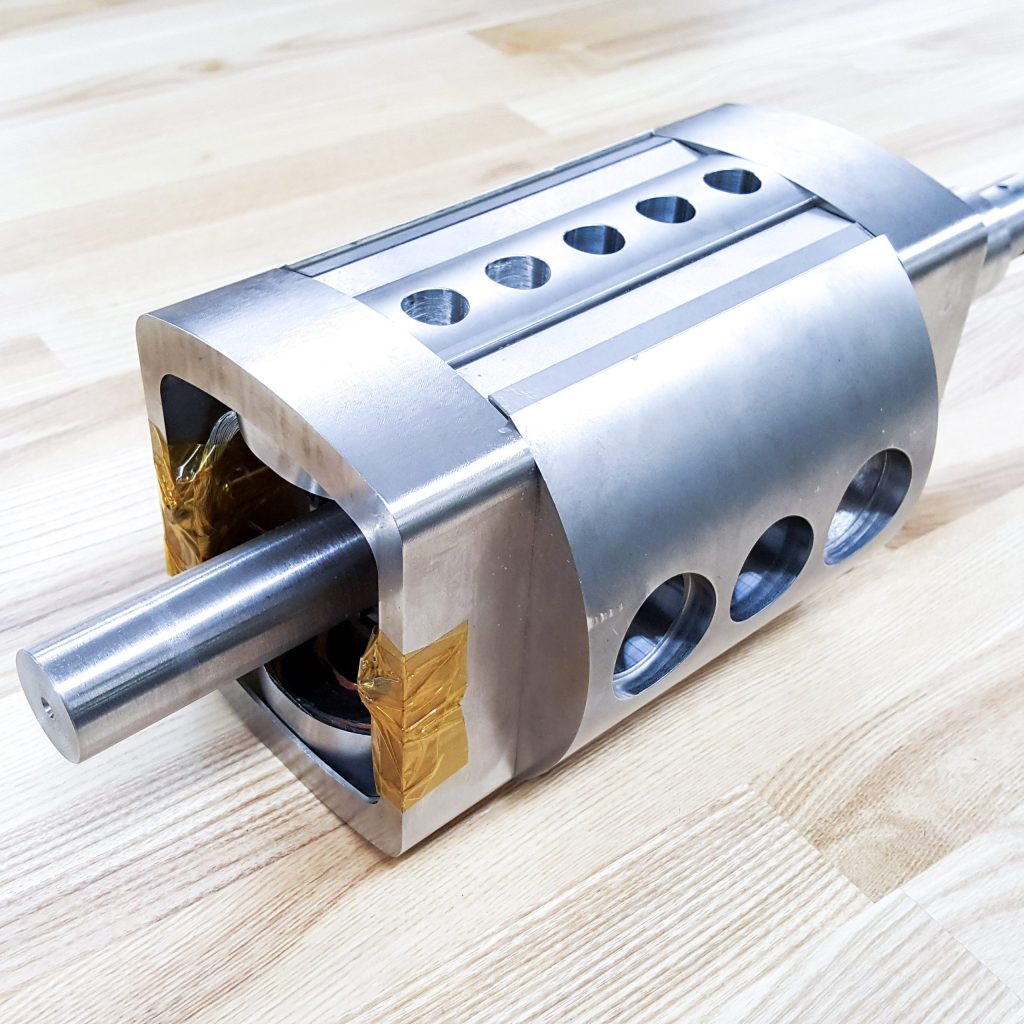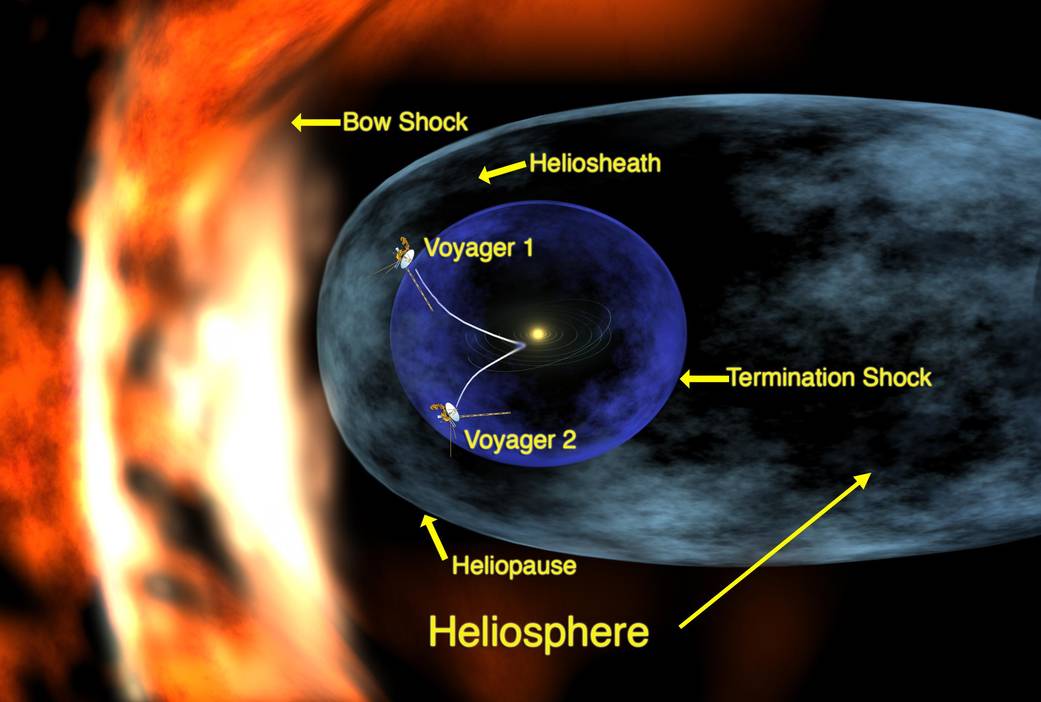This is an artist’s concept of our Heliosphere as it travels through our galaxy with the major features labeled.Termination Shock:
Blowing outward billions of kilometers from the Sun is the solar wind, a thin stream of electrically charged gas. This wind travels at an average speed ranging from 300 to 700 kilometers per second (700,000 – 1,500,000 miles per hour) until it reaches the termination shock. At this point, the speed of the solar wind drops abruptly as it begins to feel the effects of interstellar wind.Heliosphere:
The solar wind, emanating from the Sun, creates a bubble that extends far past the orbits of the planets. This bubble is the heliosphere, shaped like a long wind sock as it moves with the Sun through interstellar space.Heliosheath:
The heliosheath is the outer region of the heliosphere, just beyond the termination shock, the point where the solar wind slows abruptly, becoming denser and hotter. The solar wind piles up as it presses outward against the approaching wind in interstellar space.Heliopause:
The boundary between solar wind and interstellar wind is the heliopause, where the pressure of the two winds are in balance. This balance in pressure causes the solar wind to turn back and flow down the tail of the heliosphere.Bow shock:
As the heliosphere plows through interstellar space, a bow shock forms, similar to what forms as a ship plowing through the ocean.
Also present in this illustration are the two Voyager spacecraft with their approximate paths out of the Heliosphere. Voyager I was deflected northward above the plane of the planets’ orbits when it swung by Saturn in 1980. Voyager II was deflected downward by Neptune and is heading southward below the plane of the planets.Credit: NASA/Goddard/Walt FeimerLink to unlabeled version
2 min read

